 Starting in 2014, regulations drafted by the Consumer Financial Protection Bureau will change the definition of a qualified mortgage with respect to several of the government agencies that buy most loans from lenders. As a result, many buyers may find themselves unable to meet the new requirements. As of January 10, Fannie Mae and Freddie Mac will not buy non-qualified mortgages. Therefore banks and other lending originators that count on those two government agencies to buy the loans they write will cease to finance clients requiring those types of loans.
Starting in 2014, regulations drafted by the Consumer Financial Protection Bureau will change the definition of a qualified mortgage with respect to several of the government agencies that buy most loans from lenders. As a result, many buyers may find themselves unable to meet the new requirements. As of January 10, Fannie Mae and Freddie Mac will not buy non-qualified mortgages. Therefore banks and other lending originators that count on those two government agencies to buy the loans they write will cease to finance clients requiring those types of loans.
A qualified mortgage is defined as one in which the APR is within 150 basis points (1.5 percentage points) of the annual prime offer rate, a loan term cannot exceed 30 years, points and fees cannot exceed 3 percent of the loan balance and there can be no negative amortization or interest-only payments. Under these conditions, the mortgage qualifies for safe harbor, meaning the lender is not at risk of being sued by a borrower who is unable to repay the loan.
There’s also a class of loans called higher-priced qualified mortgages, in which the APR exceeds the 150 basis-point limit, and in those cases, the loan falls under rebuttable presumption, meaning the lender is assumed to have complied with ability-to-pay requirements, unless a borrower or attorney argues otherwise. Loans with rebuttable presumption will likely come at an additional premium, said Cameron Findlay, chief economist at Discover Home Loans, though the price of that premium is unclear at this point.
Related articles
- Just When You Thought It Was Safe (hugordonblog.wordpress.com)
- 2014 Mortgage Rules Changes! (thethornegroup.wordpress.com)
- Planning to Buy a Home in 2014? Get Ready Now! (mortgageheathervt.com)
Filed under: Real Estate | Tagged: Fannie Mae, Financing, Freddie Mac, Loan, Mortgage, Negative amortization, Rand Realty, Scott Rosasco |














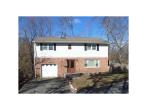


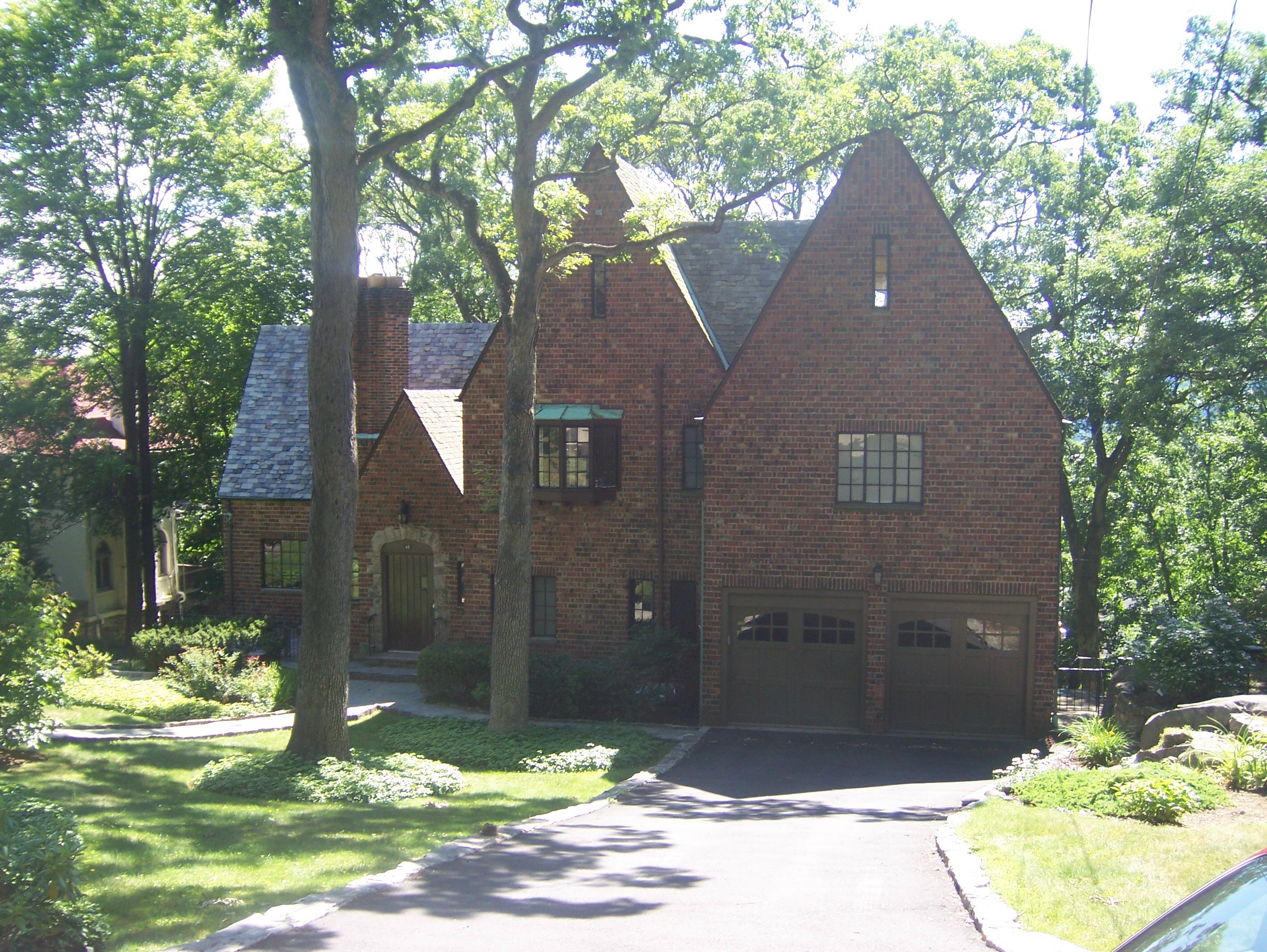














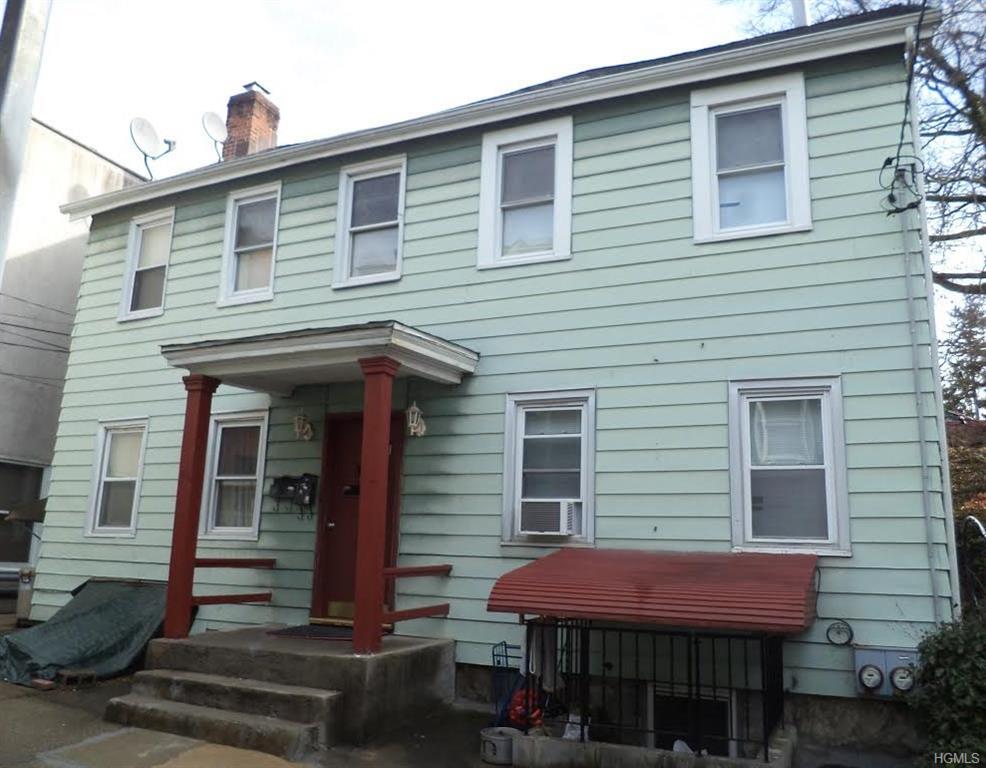





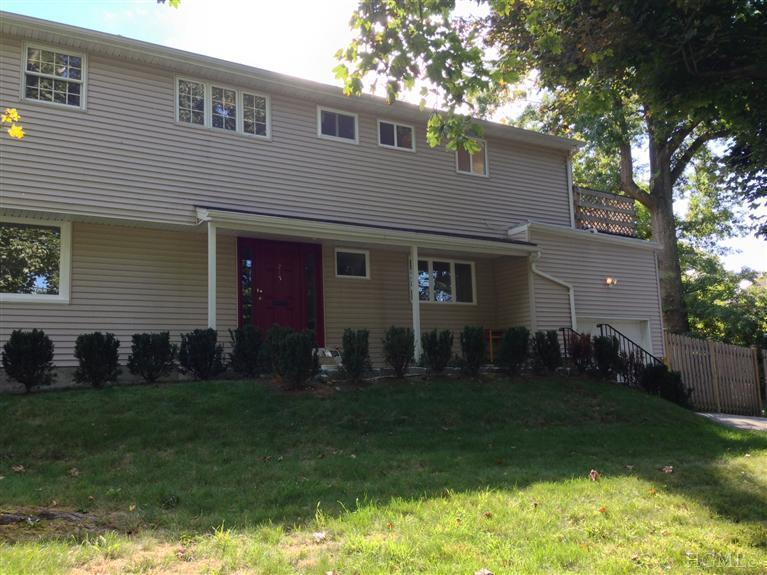



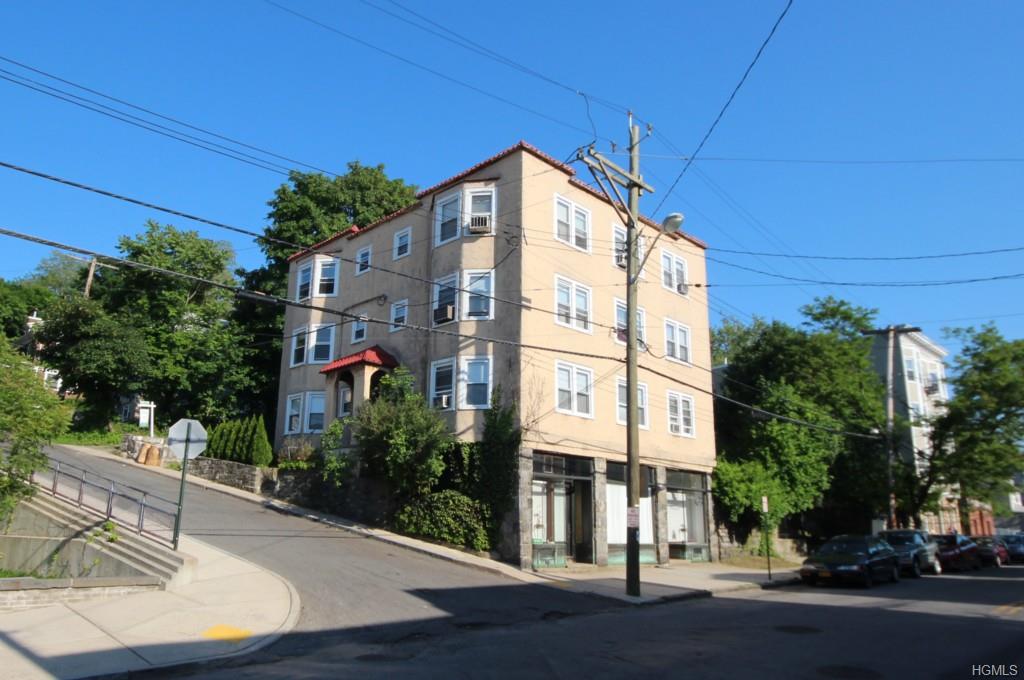
Leave a comment